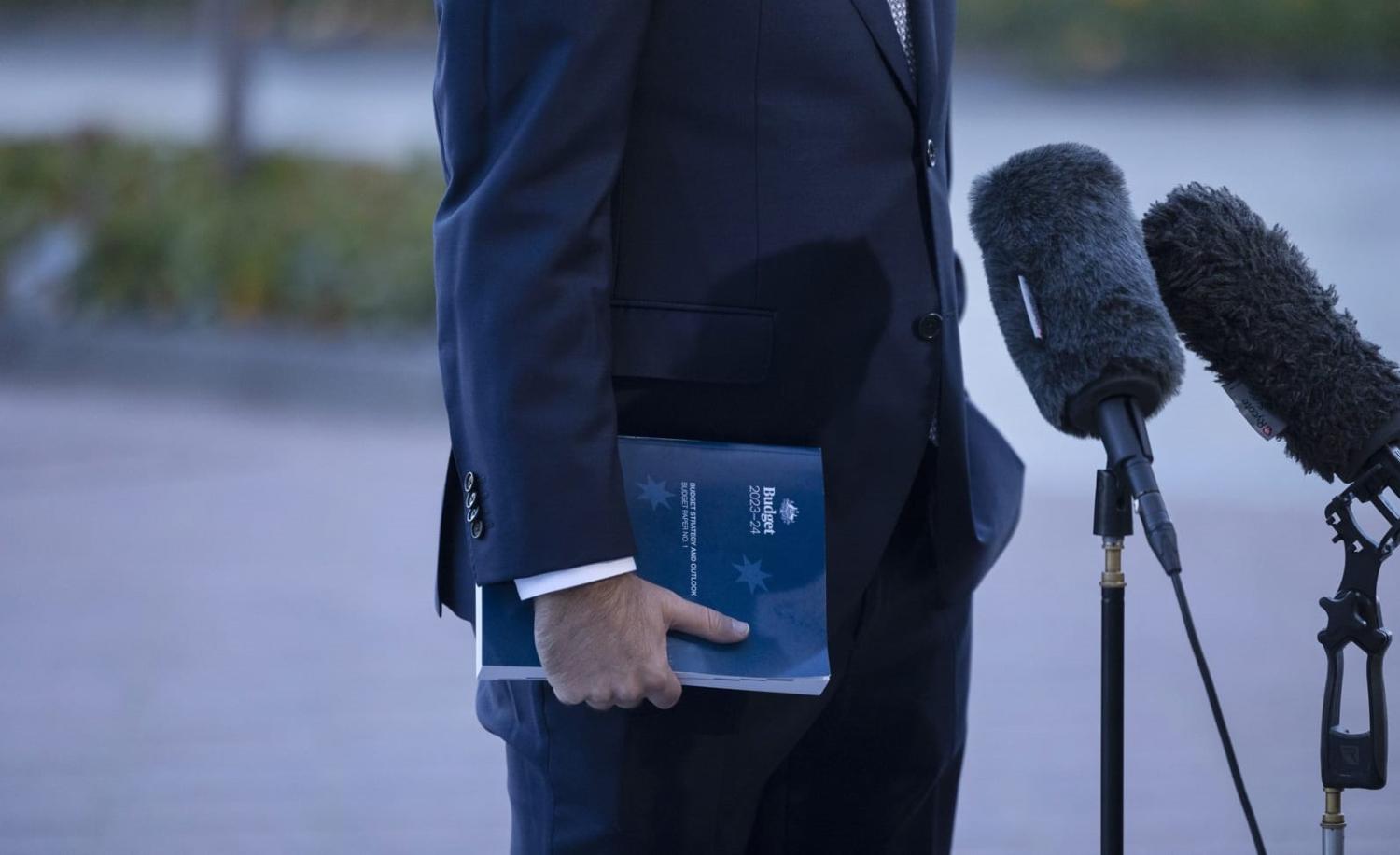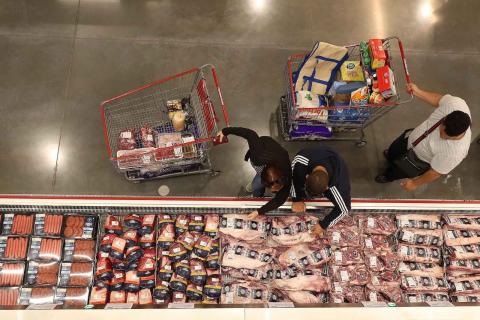No one sets out to spoil the party. So let’s celebrate the frosty cake and delicious treats reportedly on offer in the latest budget after the Albanese government commissioned a review of Australia’s diplomatic machinery. Party like it’s 2018. Or remember that big one in 2013? The neighbours had a ball in 2010 …
You get the drift. The latest promise to reinvigorate the Department of Foreign Affairs and Trade must be acknowledged to be, well, the latest in a long line a pledges to enhance the public service and improve the tools of Australian diplomacy. Transforming the dry ingredients of well-intended review into more cash poses a bigger challenge.
And for all the worry about the supposed waning influence of DFAT during the Morrison years, remember that none of this is an entirely new problem. Australian Public Service Commissioner Stephen Sedgwick carried the same message in his 2013 Capability Review. The strength of DFAT, Sedgwick concluded, its “excellence of overseas network”, carried the obverse consequence, being “less effective in Canberra”.
Or as he put it more bluntly: “DFAT still faces difficulties in clearly articulating to outsiders what it does and adequately measuring the outcomes of its activities.”
Times have doubtless changed. The Foreign Minister, for one. Penny Wong is generally regarded as an articulate champion of the department’s role. But saying anything out loud is an advantage compared to the near silence of her predecessor Marise Payne. Before that, Bob Carr was along for a good time not a long time, while Kevin Rudd, as foreign minister, was barely on speaking terms with the Treasurer at the time so couldn’t get an extra dollar. As prime minister, he had cut DFAT funding.
The test for Wong is to move beyond the experience of Julie Bishop. Like Wong, Bishop filled the airwaves with a steady voice about Australia’s position in turbulent times, but ultimately brought little from the cabinet table by way of additional resources that would strengthen DFAT. Foreign aid, in particular, withered.
According to a report in The Australian, the budget will ensure DFAT has “a stronger, more influential global network” and boost the number of diplomats deployed in key overseas posts. Returning Australia’s ambassador to Ukraine would be a start.
Any new spending needs to be judged in historical context. Allan Gyngell, who died last week, led the latest review, and had long warned of the “serious gaps” in Australia’s diplomatic network, including via an important 2009 Lowy Institute report. There is plenty of ground to fill. There was also a call in the recent Defence Strategic Review for more spending on DFAT.
But it shouldn’t only be about more money. Doing better with what is already to hand is a worthy goal. The promise to make DFAT analysis from foreign posts “more accessible” across government is welcome, even if the sensitivities of the content mean this has boundaries. A recommendation from a 2018 review to open foreign postings to candidates across the public service should also be adopted.
DFAT could also afford some cuts. Posts in Malta and Cyprus and the Holy See are protected by political lobbying at home, but hardly fit the contemporary “Indo-Pacific” emphasis. This is engagement, true. But is it effective engagement? Hardly.

